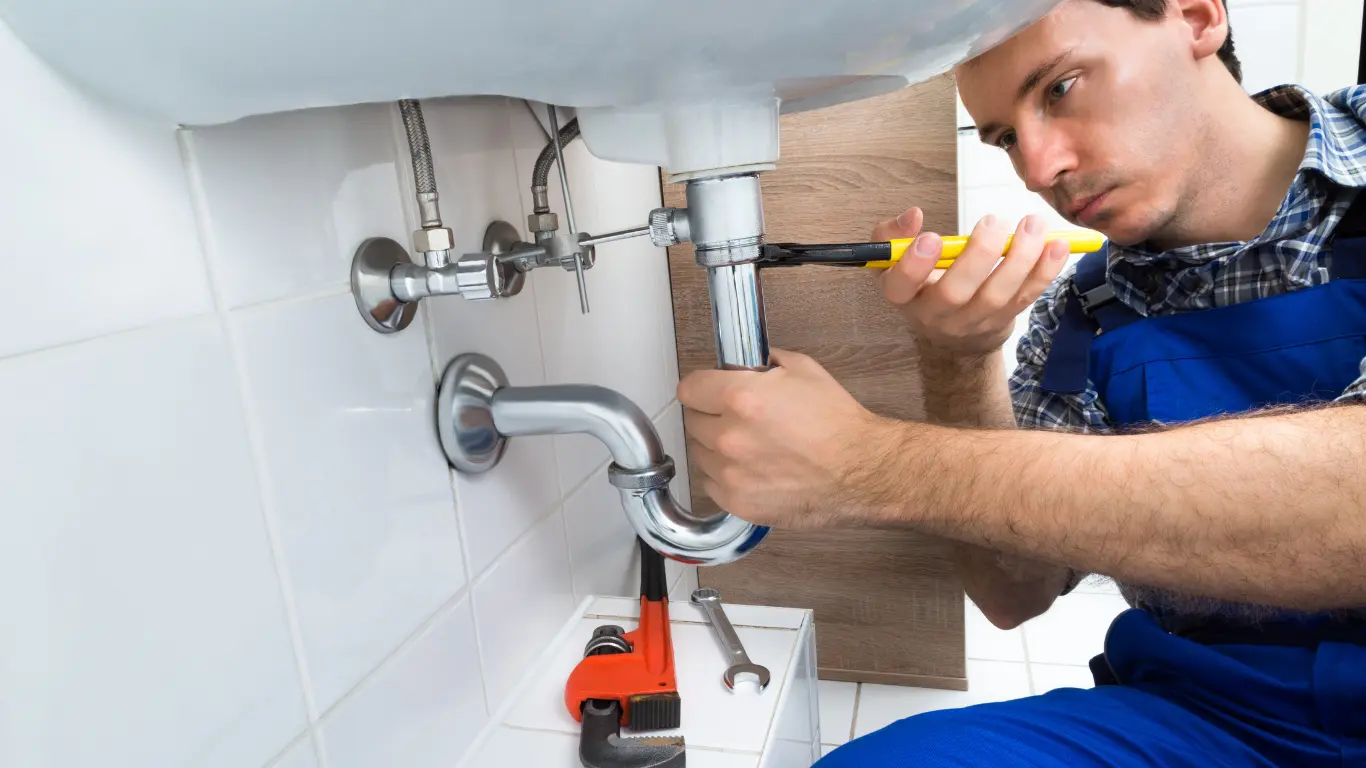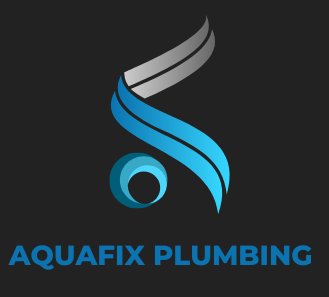Your home’s plumbing system works incredibly hard It diligently delivers fresh water and whisks away waste. We often take it for granted. But , neglecting your pipes can lead to costly repairs and even health hazards. This blog post will outline key signs you need pipe replacement or repair. Recognising these issues early can, therefore, save you time and headaches.
1. Dripping Faucets and Low Water Pressure
A constantly dripping faucet is more than just an annoyance. Specifically, it can signal a bigger problem. It might indicate a worn-out washer. Alternatively, it could point to a leak within your pipes. Similarly, low water pressure is another red flag. Namely, it can stem from several issues. These include mineral buildup, pipe corrosion, or even a leak in your main water line. Consequently, don’t ignore these seemingly small problems. They often escalate.
2. Gurgling Sounds
Pay attention to your pipes. Do you hear gurgling sounds after flushing the toilet or running water? This often suggests a blockage. For instance, the blockage could be hair, grease, or other debris. Furthermore, it may also indicate a more serious issue with your sewer line. Therefore, ignoring these gurgles can lead to a messy and expensive backup. Thus, address them promptly.
3. Slow Drains
A slow drain is a common plumbing problem. Primarily, it often starts with water taking longer to drain. Eventually, it can lead to complete blockage. Commonly, hair, soap scum, and food particles are frequent culprits. While a plunger or drain cleaner might offer a temporary fix, the problem often returns. In other words, this indicates a deeper issue. Consequently, you might need professional drain cleaning or even pipe repair.
4. Visible Leaks
Visible leaks are the most obvious sign of pipe problems. For example, you might notice water pooling under a sink. Likewise, you could see damp spots on walls or ceilings. Indeed, even a small, persistent leak can cause significant damage over time. Specifically, it can lead to mold growth, structural problems, and wasted water. Therefore, address any visible leak immediately.
5. Stained Walls or Ceilings
Water damage often manifests as stains on walls or ceilings. These stains can be brown, yellow, or gray. Essentially, they indicate a leak somewhere behind the surface. The leak might be from a plumbing fixture. Or, it could originate from a damaged pipe within the wall or ceiling. Hence, don’t just cover up the stain. Instead, find the source of the leak and fix it.
6. Mold or Mildew Growth
Mold and mildew thrive in damp environments. Consequently, their presence can indicate a hidden leak. Check for mold or mildew in areas prone to moisture. These include bathrooms, kitchens, and basements. If you find mold, address the leak and clean the affected area thoroughly. Because mold can pose health risks, it’s important to handle it properly.
7. Foul Odors
A persistent foul odor coming from your drains is a serious concern. Potentially, it could indicate a problem with your sewer line. The smell might be from decaying organic matter. Or, it may be from a gas leak. Since a gas leak is a serious safety hazard, if you suspect one, leave your home immediately and call your gas company. For other foul odors, contact a plumber to inspect your sewer line.
8. Increased Water Bills
Have you noticed a sudden increase in your water bill? Yet, you haven’t changed your water usage habits. Therefore, this could signal a hidden leak. Undeniably, even a small leak can waste a significant amount of water over time. Check for leaks in your faucets, toilets, and appliances. If you can’t find any visible leaks, call a plumber. They can perform a leak detection test.
9. Foundation Cracks
Severe pipe leaks can damage your home’s foundation. Specifically, excess water can cause the soil around your foundation to expand and contract. This, in turn, can lead to cracks in the foundation. These cracks can compromise the structural integrity of your home. Accordingly, address any foundation cracks promptly. Also, have a plumber check for leaks that might be contributing to the problem.
10. Older Pipes
The age of your pipes is a significant factor. Particularly, older homes often have outdated plumbing systems. These systems might use materials like galvanized steel or lead. Because galvanized steel pipes are prone to corrosion, and lead pipes pose serious health risks, if your home has older pipes, consider replacing them. This will prevent future problems and ensure the safety of your drinking water.
11. Tree Root Intrusion
Tree roots seek out water sources. Thus, they can grow into your sewer line through cracks or joints. This can cause blockages and damage to your pipes. If you have large trees near your sewer line, have a plumber inspect it regularly. They can remove any intruding roots and repair any damage.
12. Bellied Pipes
Bellied pipes occur when the ground shifts or settles. As a result, this creates a low spot in the pipe. Water and debris can accumulate in this low spot, leading to blockages. Consequently, bellied pipes often require professional repair or replacement.
13. Frozen Pipes
Frozen pipes are a common problem in colder climates. When water freezes, it expands. This can put tremendous pressure on your pipes, causing them to burst. To prevent frozen pipes, insulate them. Additionally, keep your thermostat set to a reasonable temperature during cold spells. If your pipes do freeze, call a plumber immediately.
14. Dripping Toilets
A constantly running toilet is a sign of a leak. It could be a problem with the flapper, fill valve, or other components. A dripping toilet wastes water. Furthermore, it can also lead to higher water bills. Therefore, fix any toilet leaks promptly.
15. Sewer Backup:
A sewer backup is a messy and unsanitary problem. It occurs when your sewer line becomes blocked. Consequently, sewage can back up into your home through drains and toilets. This can cause significant damage and pose health risks. If you experience a sewer backup, call a plumber immediately. They can clear the blockage and repair any damage to your sewer line.
Don’t wait until a small plumbing problem becomes a major disaster. Be proactive. Pay attention to the signs mentioned above. Regular plumbing maintenance can also help prevent problems. If you suspect any issues with your pipes, call a qualified plumber. They can diagnose the problem and recommend the best solution. This might involve pipe repair or replacement. Addressing plumbing problems promptly will, therefore, save you money in the long run. It will also protect your home from further damage.

How do you know if pipes need to be replaced?
Signs include frequent leaks, discolored water, low water pressure, and visible corrosion.
What is the most common cause of pipe failure?
Corrosion, high water pressure, and aging pipes are the leading causes.


Recent Comments